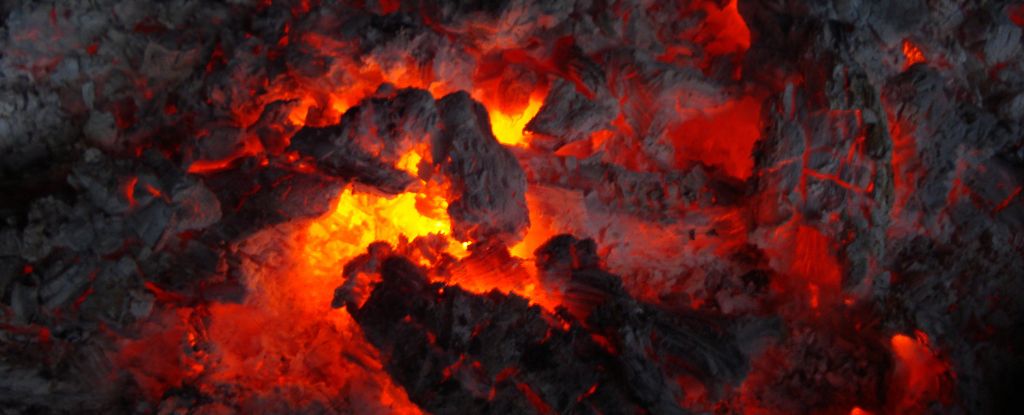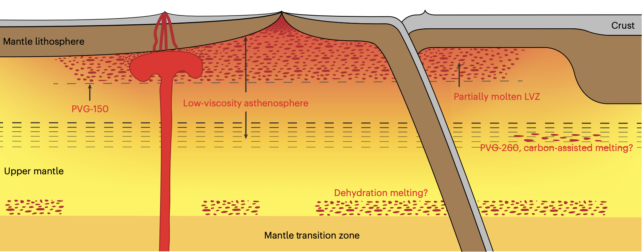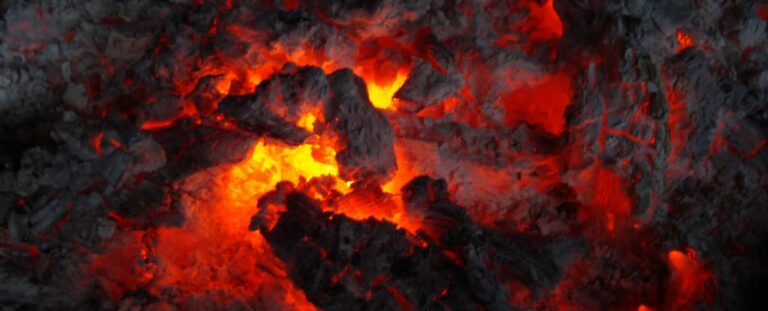Rock Melting Layers Hidden Below Earth’s Crust Discovered
What scientists know of our planet is mostly skin deep, giving us just the barest understanding of how geological forces cause the fractured crust to bump and grind against itself.
Just recently, researchers discovered something new about the layer of partially molten rock that sits just beneath Earth’s cold outer skin, and it could help us better understand the mechanisms behind the churning flow deep under our feet.

This flexible band of hot material is known as the asthenosphere, and it is generally considered mostly solid, with some liquid material that weakens the overall structure.
Its top layer, however, seems softer than scientists once suspected.
A study led by researchers at the University of Texas has identified distinct qualities in the flow and density of a thin section of the asthenosphere, resolving boundaries to zones within the layer that could extend around the world.
Having a clear map of differences in the echo of seismic waves passing through Earth’s guts could help us pin down the activities that drive the movements of the tectonic plates floating on the planet’s surface.
The discovery adds vital details to the global structure of the uppermost layers of the mantle, allowing geologists to exclude any influence this particular soft zone of the upper mantle might have on the overall churn of the asthenosphere.
“We can’t rule out that locally melt doesn’t matter,” admits geophysicist Thorsten Becker from the University of Texas.
“But I think it drives us to see these observations of melt as a marker of what’s going on in the Earth, and not necessarily an active contribution to anything.”
Practically, Becker says that’s one less variable to worry about in future models of Earth’s interior.
While some previous studies have suggested the asthenosphere is interrupted by occasional bursts of molten activity, it wasn’t clear until recently how widespread that phenomenon might be.
For the new study, Becker and his colleagues created a global map of the asthenosphere by using seismic images of the mantle, collected from stations around the world.
When seismic waves sent from these above-ground stations hit the top part of the asthenosphere, they slowed down considerably, and this suggests the top layer is more molten than other parts.
Material with greater fluidity usually allows for greater flow, but that doesn’t necessarily seem to be the case here.
The map of the asthenosphere that scientists have put together does not really align with the movement of tectonic plates above. For example, areas where seismic waves move slower do not show greater tectonic activity.
“When we think about something melting, we intuitively think that the melt must play a big role in the material’s viscosity,” says Junlin Hua, who led the research.
For the new study, Becker and his colleagues created a global map of the asthenosphere by using seismic images of the mantle, collected from stations around the world.
When seismic waves sent from these above-ground stations hit the top part of the asthenosphere, they slowed down considerably, and this suggests the top layer is more molten than other parts.
Material with greater fluidity usually allows for greater flow, but that doesn’t necessarily seem to be the case here.
The map of the asthenosphere that scientists have put together does not really align with the movement of tectonic plates above. For example, areas where seismic waves move slower do not show greater tectonic activity.
“When we think about something melting, we intuitively think that the melt must play a big role in the material’s viscosity,” says Junlin Hua, who led the research.

Scientists have long suspected that Earth’s tectonic plates move based on the currents of molten rock that lie deep beneath the surface, but the exact dynamics of rising and sinking gas, liquid, or rock are unclear.
Based on the current results, researchers from UT suspect that gradual variations in temperature and pressure in the asthenosphere are what drive the deep flow of semi-molten rock. The overall viscosity of this region is not nearly as big of a factor when it comes to moving the tectonic plates above.
“This work is important because understanding the properties of the asthenosphere and the origins of why it’s weak is fundamental to understanding plate tectonics,” says seismologist Karen Fischer, who now works at Brown University.
The study was published in Nature Geoscience.
This article was originally published by ScienceAlert. Read the original article.
Do not forget to share your opinion with us to provide you with the best posts !




0 Comments